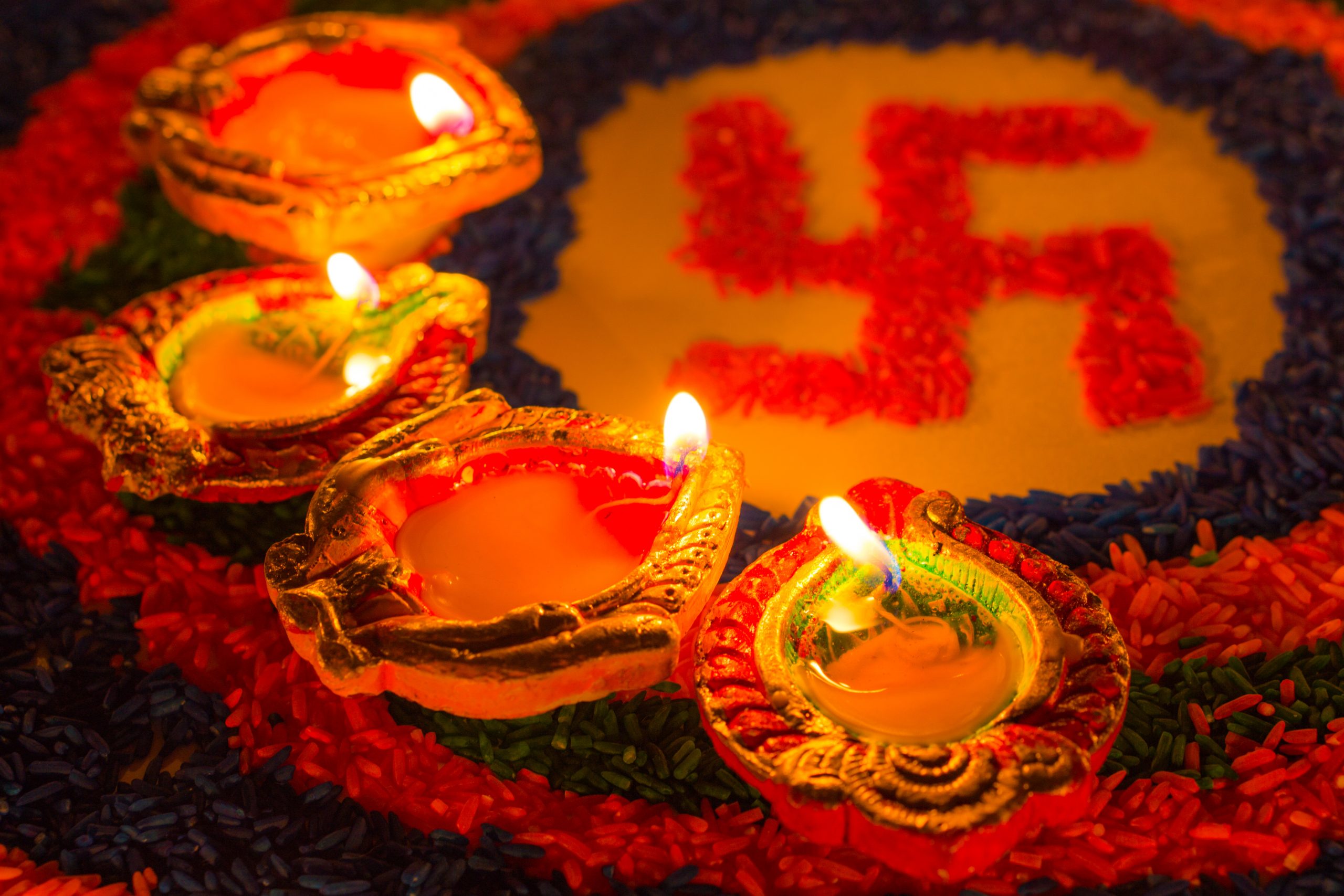Brahmachari (male) or brahmacharini (female): A brahmachari or brahmacharini is an individual who has made a formal lifetime commitment in his or her earlier stages of training and initiation.
Most tradition lineages or sampradaya require a minimum period of novitiate experience under short-term vows prior to the individual’s taking of lifetime as the latter requires years of proper study, spiritual guidance and commitment. Other brahmacharis, while still in a novitiate, may gain this title or status under the tutelage of a non-tradition lineageal guru or spiritual master or through independent study, austerities, contemplative meditation and a stated commitment through such vows. Vows for any student monks may include ones of celibacy, renunciation of wealth and personal property, gradual severing of family ties and obligations, contemplative study of scripture, daily meditation and prayer, certain dietary restrictions and simple living among others.
Brahmacharis fulfill an essential role in Hindu society. To help meet the ministering needs of a Hindu temple or Hindu community, brahmacharis may conduct certain worship services, give lectures on scripture and Hindu philosophy, host adult discussion or scripture study groups, manage balavihars or student study groups and oversee service projects. Brahmacharis may also be called upon to act as a counselors or advisors to Hindu temple or organization members.
Since the Hindu tradition is highly decentralized, the occupation of the bramachari or brahmacharini is not necessarily certified by any central authority. The religious occupation and the capabilities required for the brahmachari are verified and affirmed in the context of the community where the brahmachari traditionally receives training, engages in the occupation and is recognized as competent based on the quality of his or her work.
If, however, a Hindu temple or organization based in the US is affiliated with a particular tradition lineage (sampradaya), it may have additional requirements for the brahmachari, such as having to be well versed in the specific lineage, scripture and worship services of the tradition lineage and certified by an authority recognized by the sampradaya.
Swami (male) or Swamini (female): A swami or swamini (who may also be called an acharya in some tradition lineages) is an individual who has made a lifetime commitment to monkhood.
This may include a renunciation of all duties and obligations of family life, including wealth, personal property, social status, marriage and family ties.
Most traditional lineages require an extended period of experience for lifetime vow as this commitment requires years of proper study, spiritual guidance and commitment. Other swamis may gain this title or status under the tutelage of a non-tradition lineageal guru or spiritual master or through independent study, austerities, contemplative meditation and a stated commitment through such vows. Lifetime vows for any monk may include ones of celibacy, renunciation of wealth and personal property, renunciation of family ties and obligations, contemplative study of scripture, daily meditation and prayer, certain dietary restrictions and simple living among others.
Swamis fulfill an essential role in Hindu society and serve as the spiritual and religious leader and minister of his or her Hindu temple or organization. To help meet the ministering needs of a Hindu temple or Hindu community, swamis may conduct certain worship services, give lectures on scripture and Hindu philosophy, host adult discussion or scripture study groups, manage balavihars or student study groups and provide guidance to brahmacharis (student monks). Swamis may also be called upon to act as a counselors or advisors to Hindu temple or organization members.
Since the Hindu tradition is highly decentralized, the occupation of the swami or swamini is not necessarily certified by any central authority. The religious occupation and the capabilities required for the swami are verified and affirmed in the context of the community where the swami traditionally receives training, engages in the occupation and is recognized as competent based on the quality of his or her work. If, however, a Hindu temple or organization based in the US is affiliated with a particular tradition lineage (sampradaya), it may have additional requirements for the swami, such as having to be well versed in the specific lineage, scripture and worship services of the tradition lineage and certified by an authority recognized by the sampradaya.







































